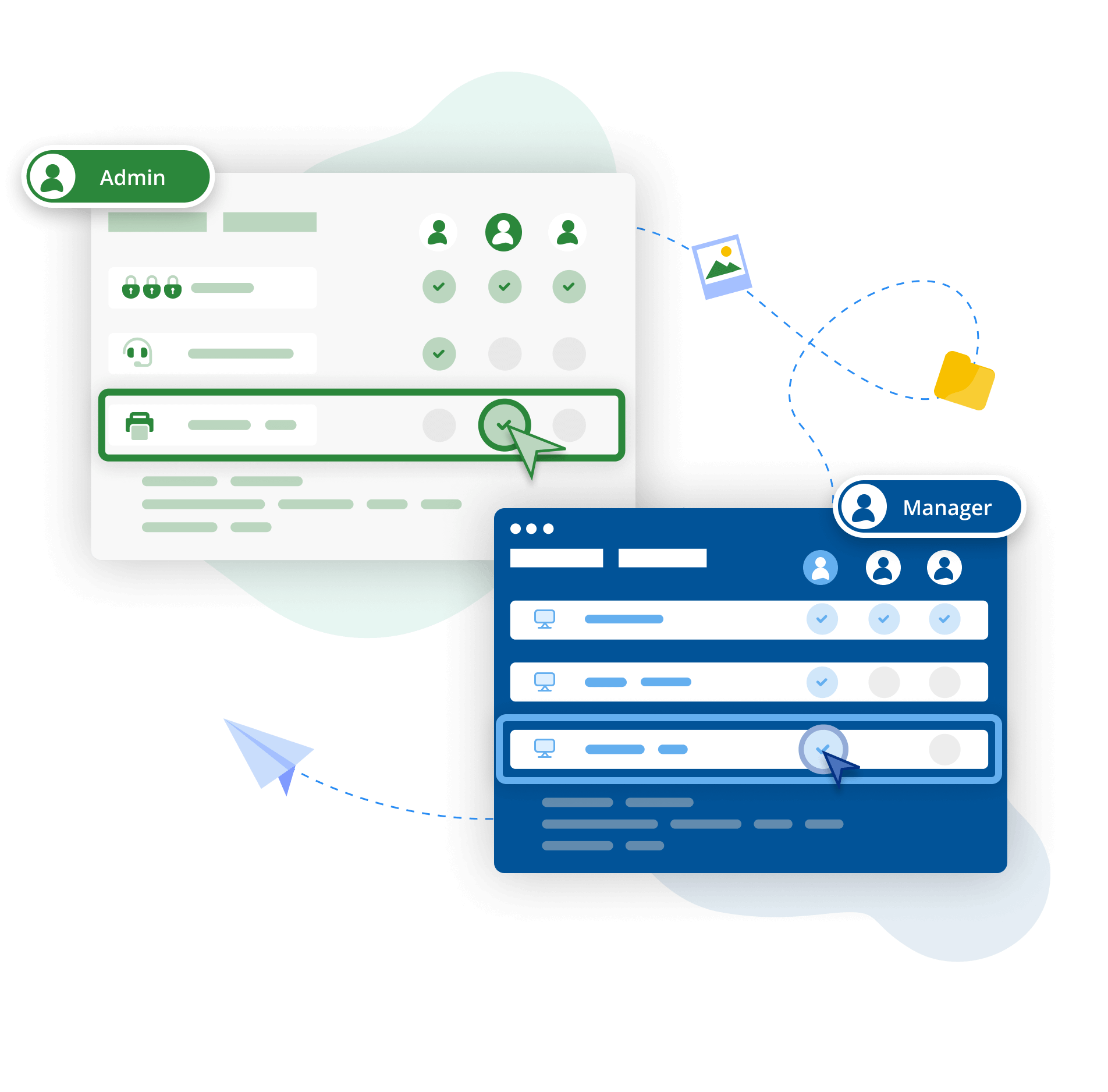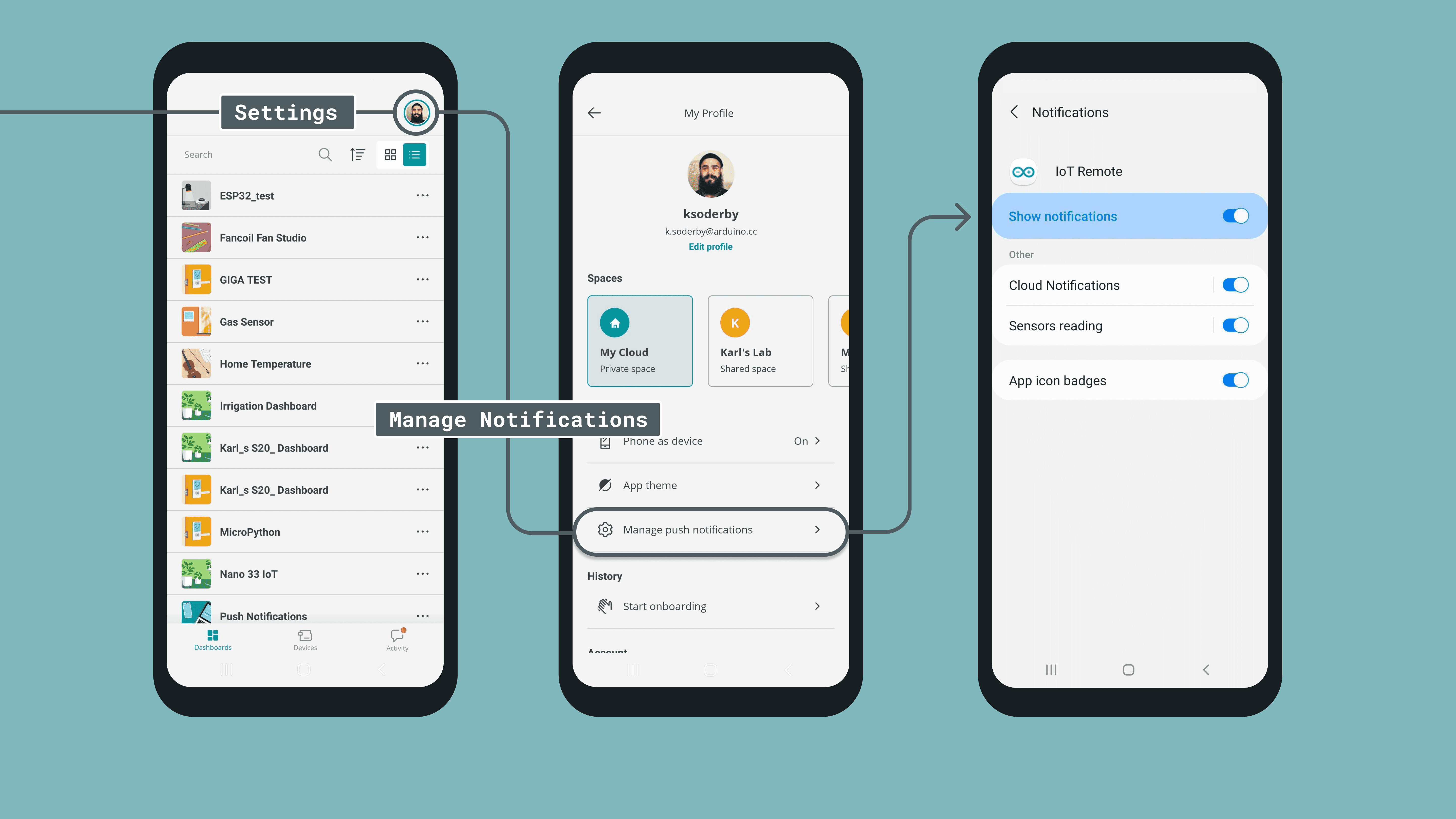IoT Remote VNC Tutorial: A Beginner's Guide To Securely Accessing Your Devices
So, you’ve probably heard about IoT (Internet of Things) and VNC (Virtual Network Computing), but what happens when you combine the two? Imagine being able to control your smart devices from anywhere in the world. Sounds cool, right? Well, that’s exactly what this IoT remote VNC tutorial is all about. We’re going to break it down step by step, so even if you’re a total noob, you’ll be able to set it up like a pro.
In today's digital age, having remote access to your devices isn’t just a luxury—it’s a necessity. Whether you're a tech enthusiast, a small business owner, or just someone who wants to keep an eye on their home while they're away, IoT remote VNC can be a game-changer. But before we dive into the nitty-gritty, let's get one thing straight: this isn't just about convenience. It's about security, efficiency, and peace of mind.
By the end of this tutorial, you’ll have a solid understanding of how IoT remote VNC works, the tools you need, and the best practices to keep your setup safe. So grab a coffee, get comfy, and let’s get started. Trust me, you don’t wanna miss this.
- Hdhub4u In Com Your Ultimate Movie Streaming Destination
- Mp4 Movie Download Your Ultimate Guide To Streamline Entertainment
Here’s a quick table of contents to help you navigate:
- What is IoT?
- What is VNC?
- Benefits of IoT Remote VNC
- Tools You’ll Need
- Step-by-Step IoT Remote VNC Tutorial
- Securing Your IoT VNC Connection
- Troubleshooting Common Issues
- Best Practices for IoT Remote VNC
- Applications of IoT Remote VNC
- Conclusion
What is IoT?
Alright, let’s start with the basics. IoT, or Internet of Things, is basically the network of physical devices—think smartphones, smart TVs, thermostats, and even your fridge—that are connected to the internet. These devices can communicate with each other and exchange data, making our lives way more convenient. For example, you can adjust the temperature in your house or check if you left the lights on while you're chilling at the beach. Pretty neat, huh?
Key Features of IoT
- Connectivity: Devices can communicate over the internet.
- Automation: Many IoT devices can perform tasks automatically without human intervention.
- Interactivity: You can control and monitor these devices remotely.
Now, imagine combining this with VNC. That’s where things get really interesting.
- Adity Mistry Live Video The Ultimate Guide To Understanding The Phenomenon
- Why Masahublive Is Revolutionizing Online Experiences
What is VNC?
VNC, or Virtual Network Computing, is a system that allows you to remotely control another computer or device. Think of it as a digital teleportation device for your gadgets. With VNC, you can access files, run applications, and control the interface of a remote device as if you were sitting right in front of it. It’s super useful for tech support, remote work, and even controlling smart home devices.
How Does VNC Work?
Here’s the gist: VNC uses a client-server model. The server is the device you want to control, and the client is the device you’re using to control it. When you connect, the server sends screen updates to the client, and the client sends back user inputs like mouse clicks and keyboard commands. Simple, right?
Benefits of IoT Remote VNC
So why should you care about IoT remote VNC? Here are a few reasons:
- Remote Access: Control your smart devices from anywhere in the world.
- Increased Productivity: Save time by managing multiple devices without physically being there.
- Cost-Effective: Reduce the need for on-site maintenance and support.
- Security: Monitor and secure your devices even when you're not home.
But remember, with great power comes great responsibility. Security is key when you’re dealing with remote access, so we’ll cover that later. Promise.
Tools You’ll Need
Before we jump into the tutorial, let’s talk about the tools you’ll need. Don’t worry, most of these are free or super affordable:
Hardware
- A device with IoT capabilities (e.g., Raspberry Pi, smart home hub).
- A computer or smartphone to act as the VNC client.
Software
- A VNC server software (e.g., RealVNC, TightVNC).
- A VNC client app for your computer or phone.
- An internet connection (duh).
Got all that? Good. Let’s move on to the fun part.
Step-by-Step IoT Remote VNC Tutorial
This is where the magic happens. Follow these steps carefully, and you’ll have your IoT remote VNC setup in no time.
Step 1: Install the VNC Server
First things first, you need to install a VNC server on your IoT device. If you're using a Raspberry Pi, you can enable VNC through the Raspberry Pi Configuration tool. Just go to Preferences > Raspberry Pi Configuration > Interfaces, and turn on VNC. Easy peasy.
Step 2: Set Up the VNC Client
Next, download and install a VNC client on your computer or phone. There are tons of options out there, but I recommend RealVNC or TightVNC. They’re user-friendly and reliable.
Step 3: Connect the Devices
Now it’s time to connect your VNC client to the server. Open the VNC client app and enter the IP address of your IoT device. You can find this in your router settings or by running a quick search on the device itself. Once you’ve entered the IP, hit connect, and voilà! You should now see the desktop of your IoT device.
Step 4: Test It Out
Take a few minutes to play around with your setup. Try opening some files, running applications, or adjusting settings. If everything’s working smoothly, congratulations! You’ve successfully set up IoT remote VNC.
Securing Your IoT VNC Connection
Now, here’s the thing: IoT remote VNC is awesome, but it can also be a security risk if you’re not careful. Hackers love to target poorly secured devices, so it’s important to take some precautions.
Tips for Securing Your IoT VNC Connection
- Use Strong Passwords: Avoid using common passwords like “123456” or “password.” Go for something unique and complex.
- Enable Encryption: Most VNC software offers encryption options. Make sure you enable this to protect your data during transmission.
- Limit Access: Only allow trusted devices to connect to your VNC server. You can do this by setting up a firewall or using IP whitelisting.
- Regular Updates: Keep your software and firmware up to date to patch any security vulnerabilities.
Trust me, you don’t want to be the next headline in a data breach scandal. Stay safe out there.
Troubleshooting Common Issues
Even the best-laid plans can go awry sometimes. Here are a few common issues you might encounter and how to fix them:
Issue 1: Can’t Connect to the VNC Server
Check your IP address and make sure it’s correct. Also, ensure that your VNC server is running and that there are no firewalls blocking the connection.
Issue 2: Slow Performance
If your connection is lagging, try reducing the screen resolution or disabling unnecessary features like sound and file transfers.
Issue 3: Security Warnings
If you’re getting security warnings, double-check your encryption settings and make sure you’re using a secure connection.
Best Practices for IoT Remote VNC
Here are a few best practices to keep in mind:
- Always use a secure connection when accessing your IoT devices remotely.
- Regularly back up your data to prevent loss in case of a breach or hardware failure.
- Limit the number of devices that can connect to your VNC server.
- Keep your software and firmware updated to ensure optimal performance and security.
These might seem like no-brainers, but you’d be surprised how many people skip these steps. Don’t be one of them.
Applications of IoT Remote VNC
So, what can you actually do with IoT remote VNC? The possibilities are endless:
Smart Home Management
Control your smart home devices from anywhere. Adjust the thermostat, turn off lights, or even lock your doors remotely.
Remote Work
Access your office computer from home or on the go. Perfect for freelancers and remote workers.
Device Monitoring
Keep an eye on your IoT devices to ensure they’re running smoothly and securely.
The applications are only limited by your imagination. Get creative!
Conclusion
And there you have it, folks—a comprehensive IoT remote VNC tutorial that’s easy to follow and packed with useful info. By now, you should have a solid understanding of how IoT remote VNC works, the tools you need, and the best practices to keep your setup secure.
Remember, this isn’t just about convenience—it’s about taking control of your digital life. Whether you’re managing a smart home, working remotely, or just tinkering with cool tech, IoT remote VNC has something to offer everyone.
So what are you waiting for? Dive in, experiment, and let us know how it goes. And if you found this tutorial helpful, don’t forget to share it with your friends and leave a comment below. Until next time, stay connected and stay secure!



Detail Author:
- Name : Dr. Josie Bogisich DDS
- Username : zgraham
- Email : xtreutel@schaden.com
- Birthdate : 2000-09-12
- Address : 41756 Isobel Viaduct Port Judahport, DE 61039-2217
- Phone : 220.239.2510
- Company : Fahey Inc
- Job : Homeland Security
- Bio : Voluptate repellat consequatur ipsum similique sunt voluptas. Qui qui est hic ut voluptas dolorem repellat. Omnis quas earum eveniet quia et.
Socials
linkedin:
- url : https://linkedin.com/in/sabryna3291
- username : sabryna3291
- bio : Qui perspiciatis et iste animi sequi adipisci.
- followers : 2263
- following : 1222
instagram:
- url : https://instagram.com/sabrynamarvin
- username : sabrynamarvin
- bio : Nobis et aperiam ducimus molestiae. Ut sit occaecati ut est nam et et.
- followers : 1710
- following : 2882
twitter:
- url : https://twitter.com/smarvin
- username : smarvin
- bio : Possimus consequatur voluptatum fuga occaecati. Doloremque id debitis placeat rem neque. Enim atque est id quae numquam. Aliquam aliquid et illum.
- followers : 5128
- following : 2385